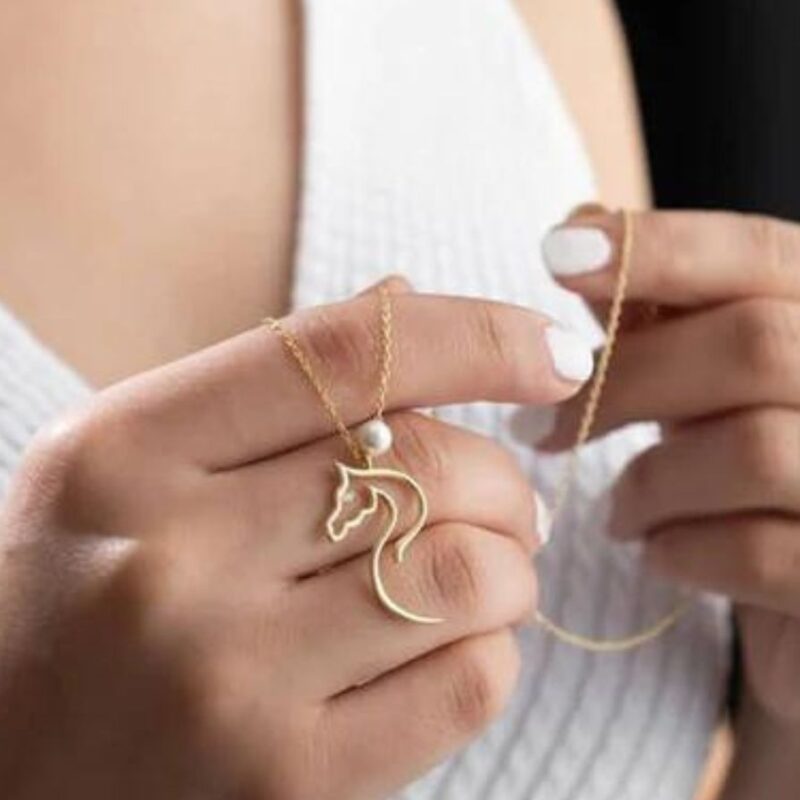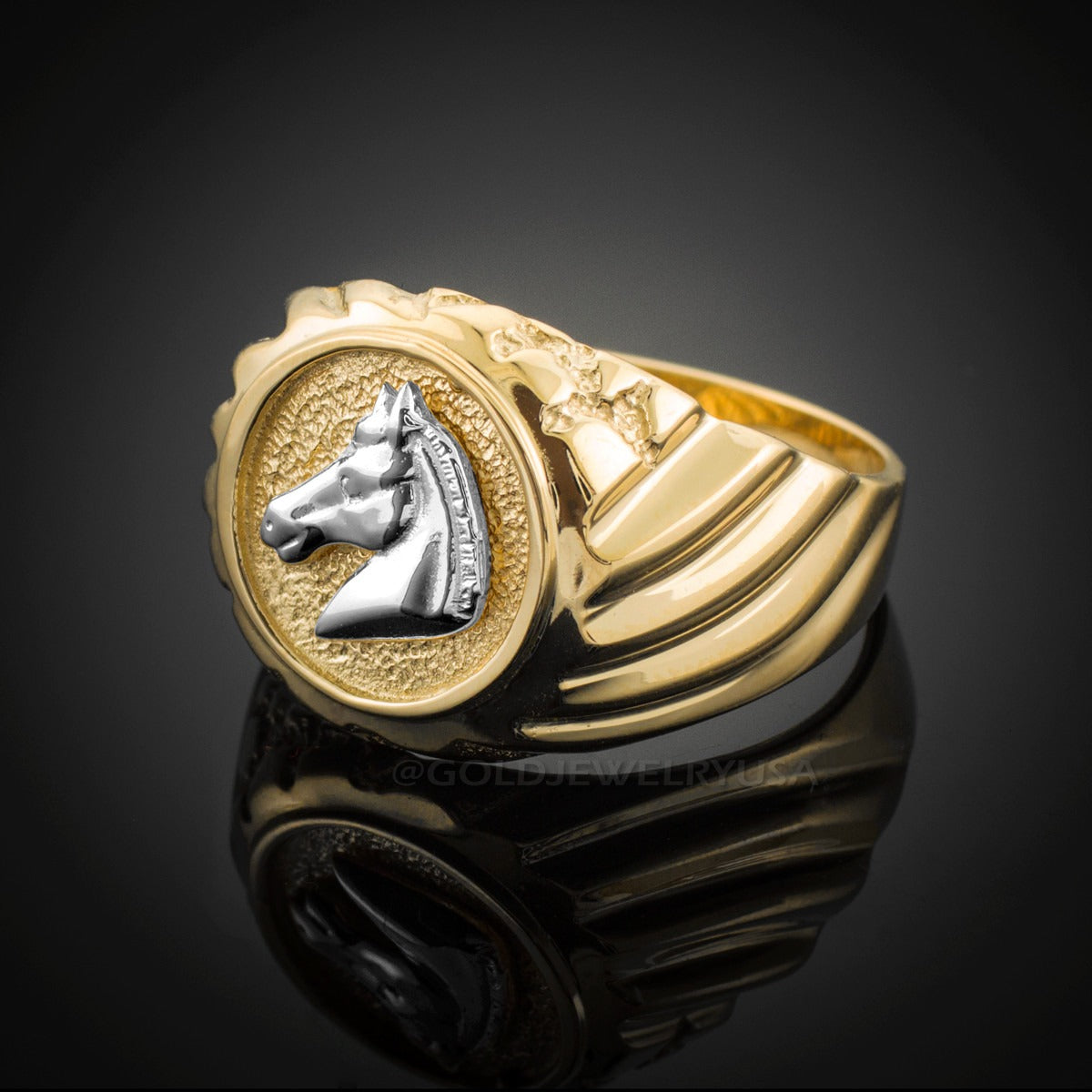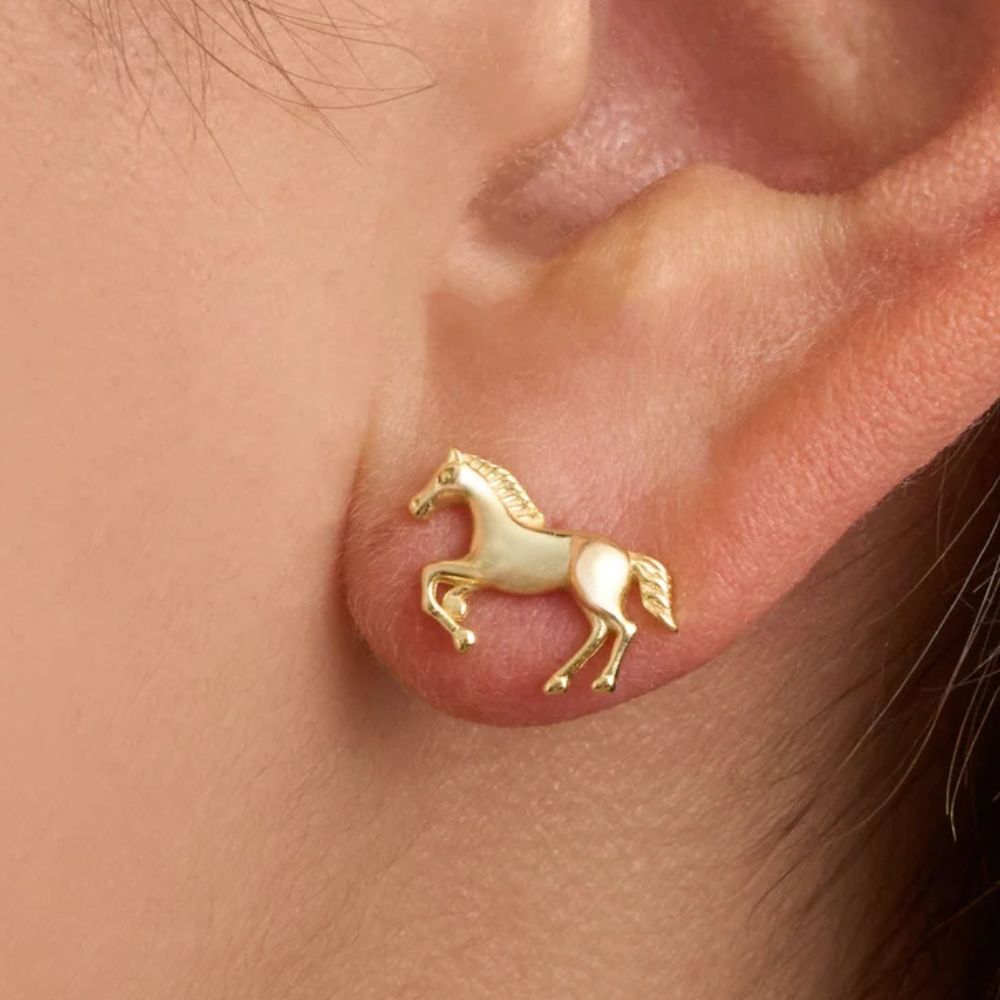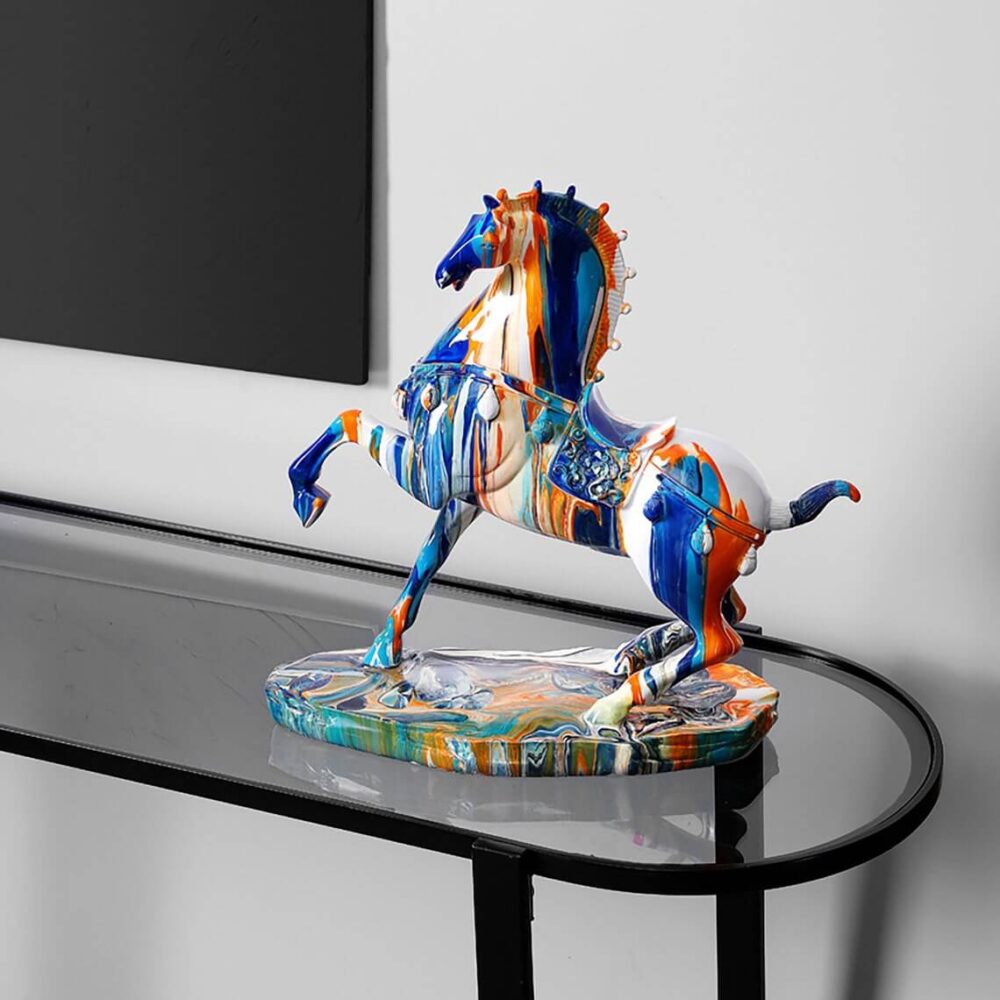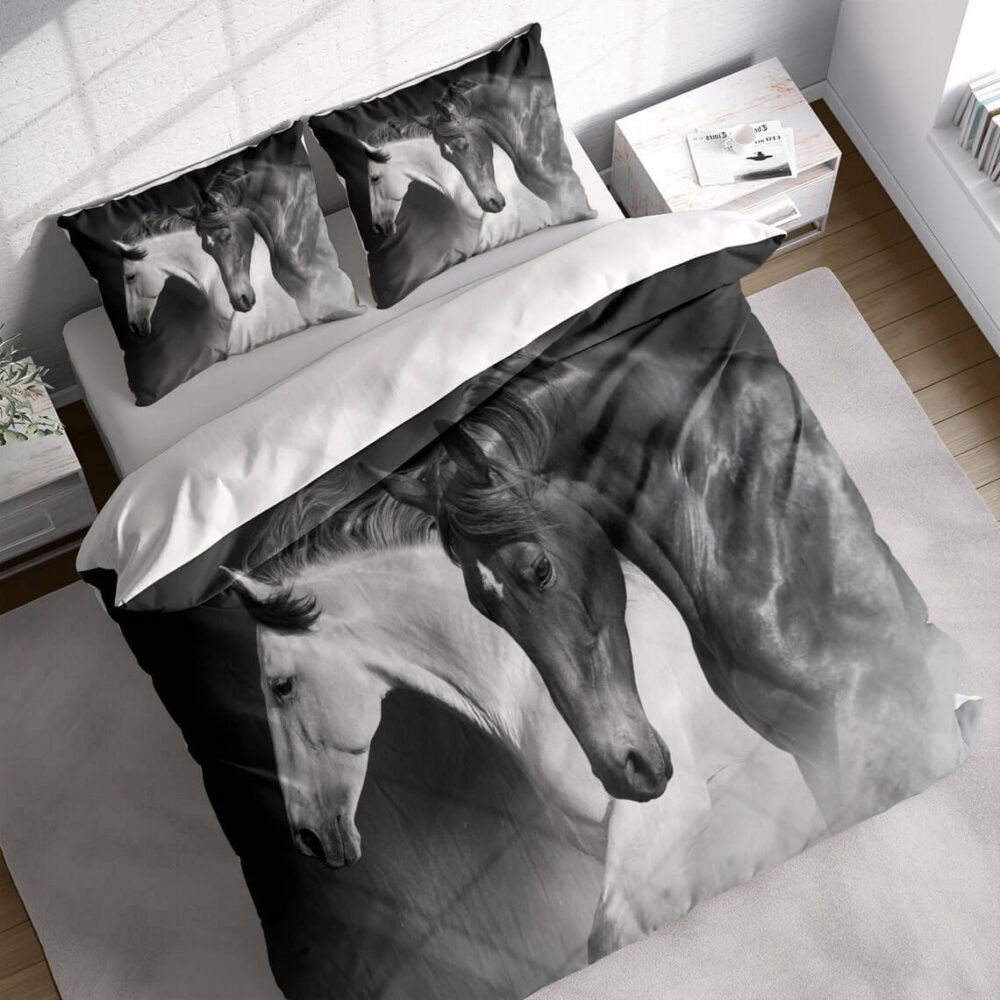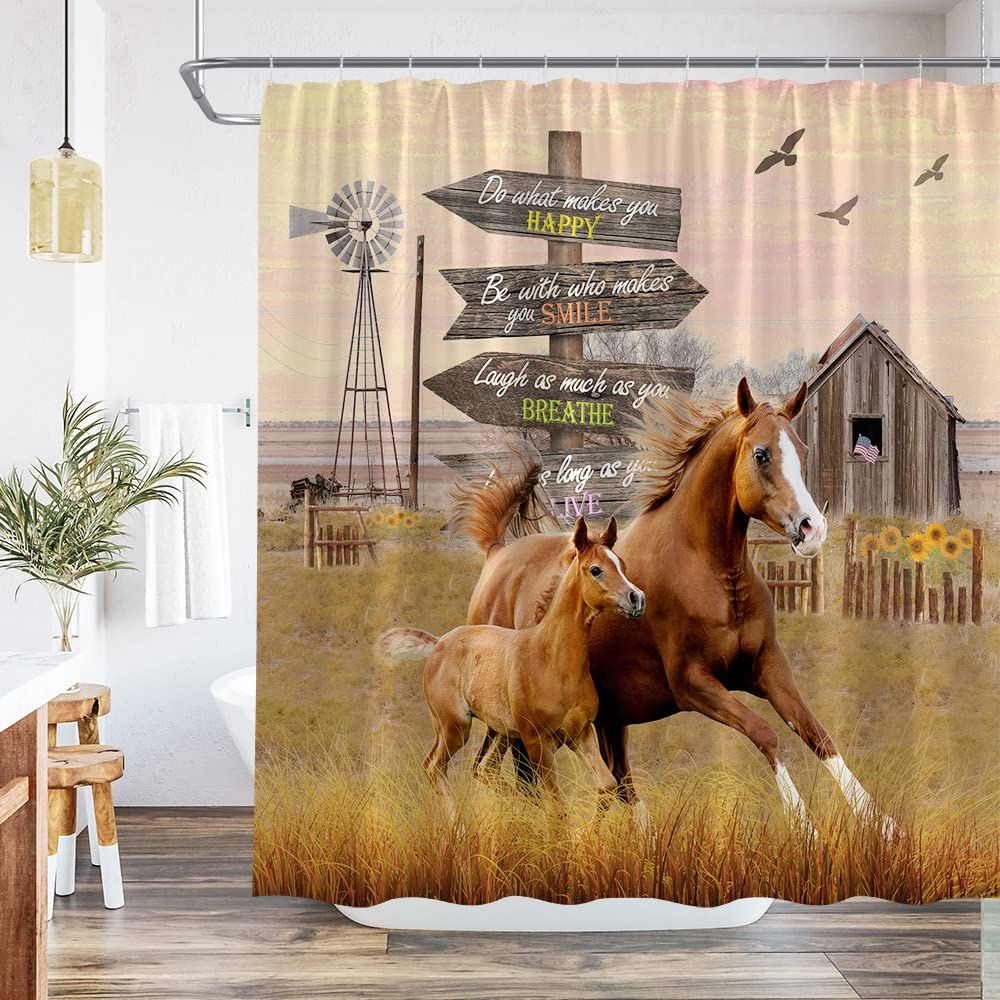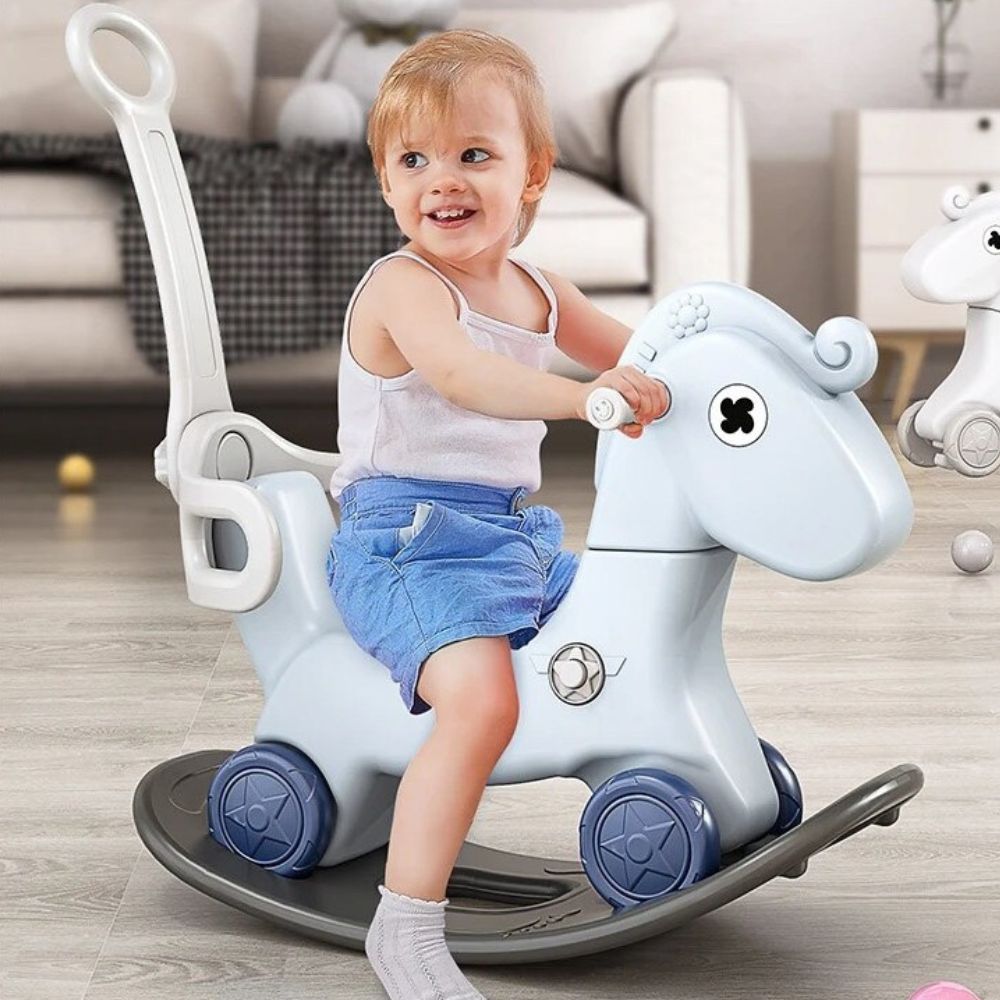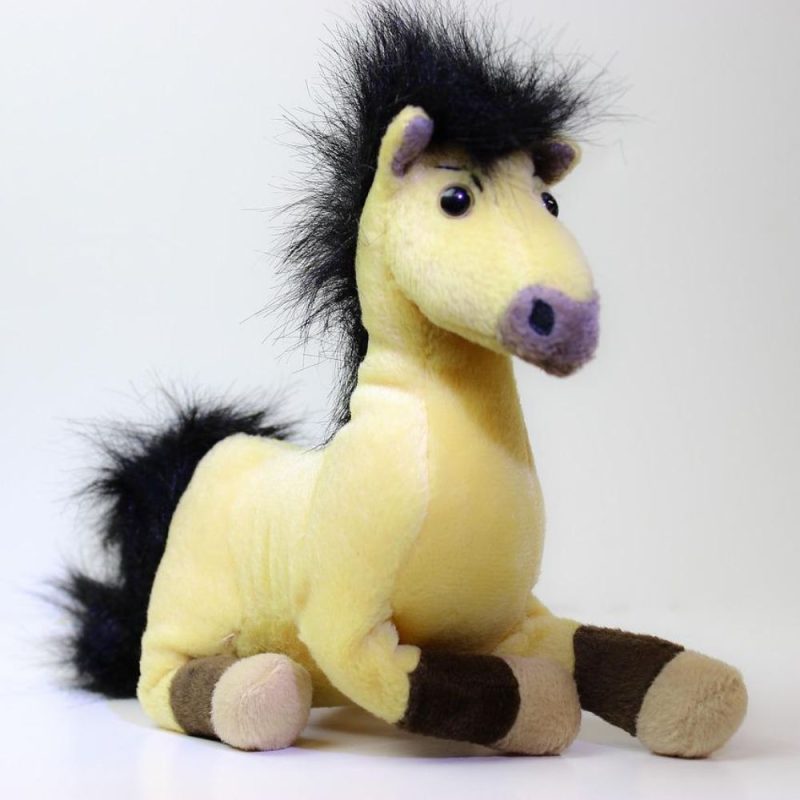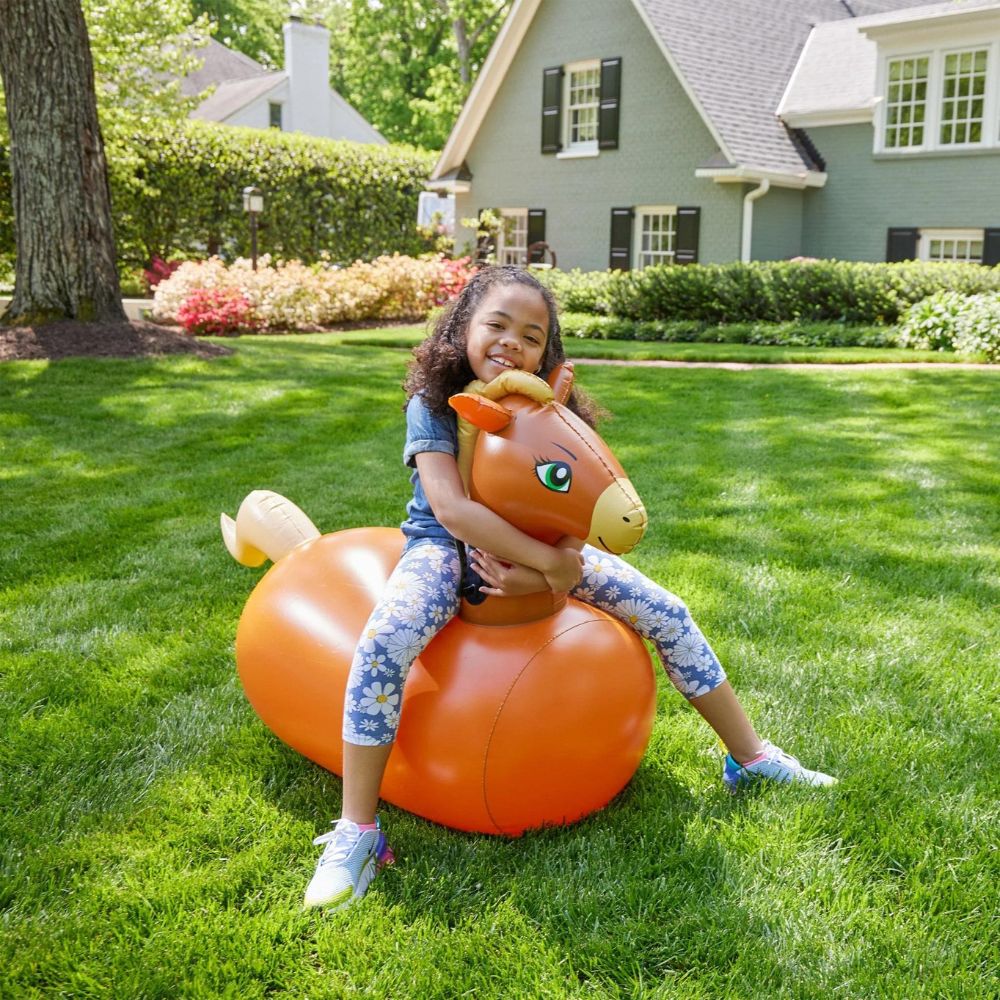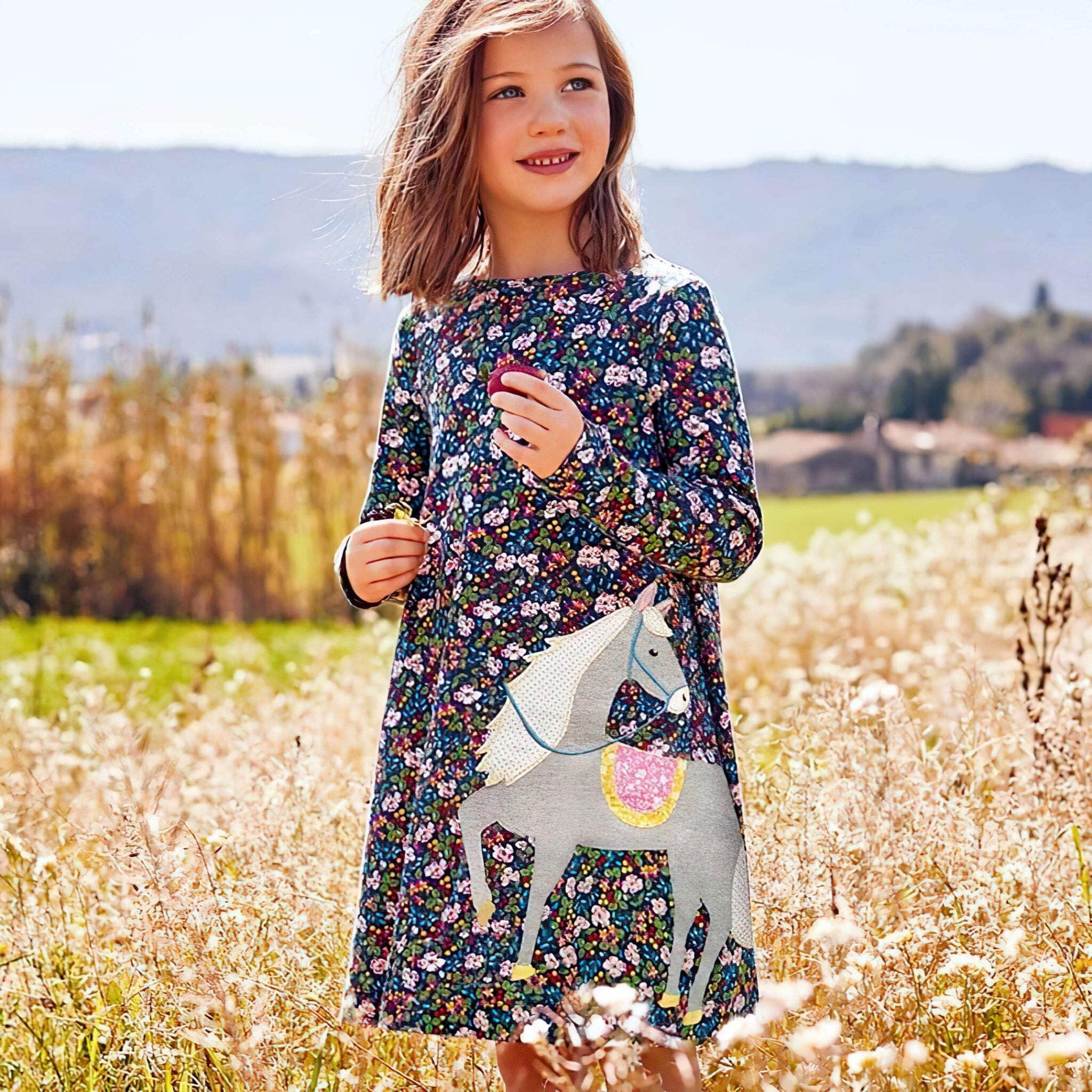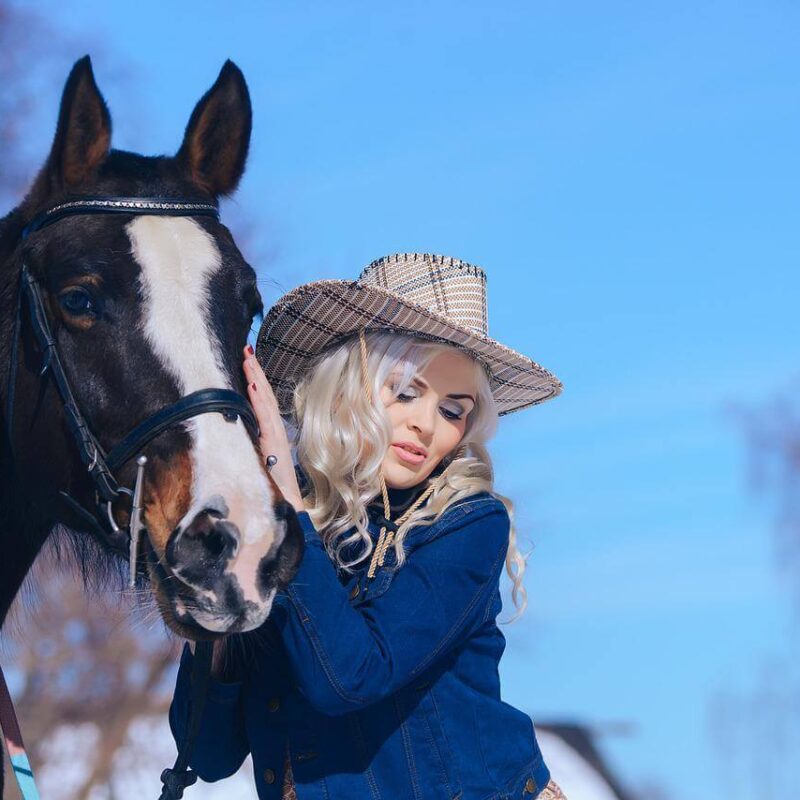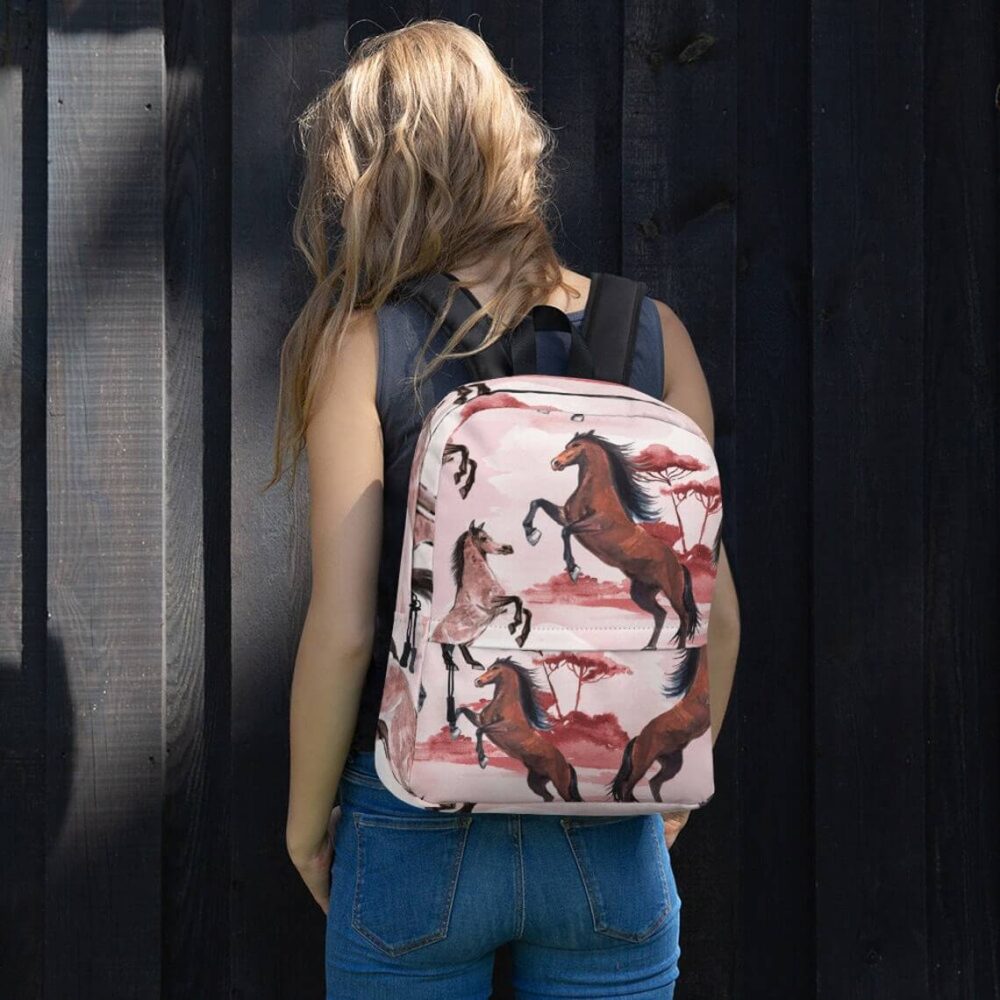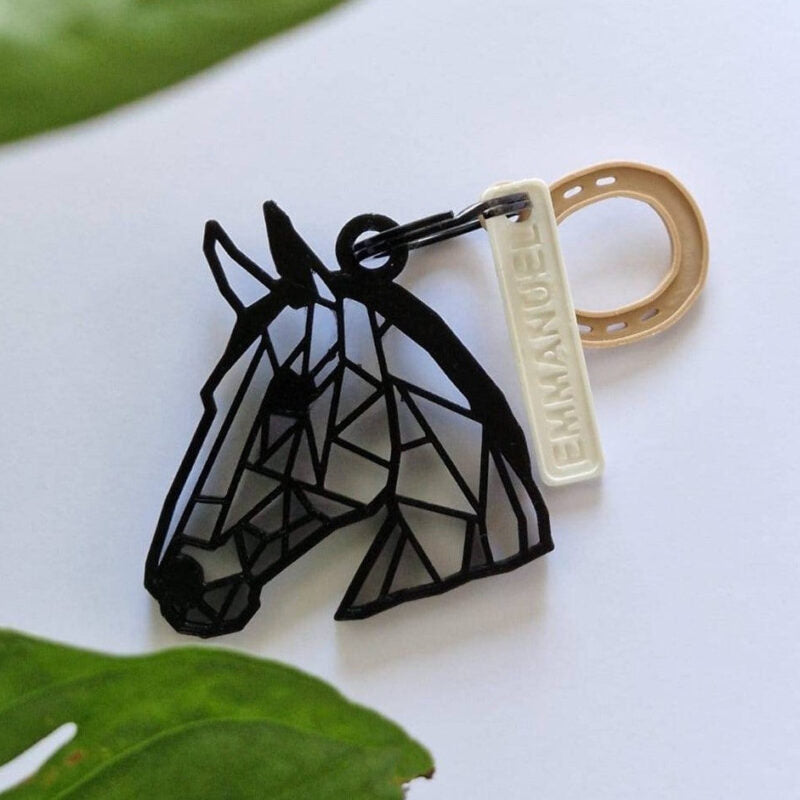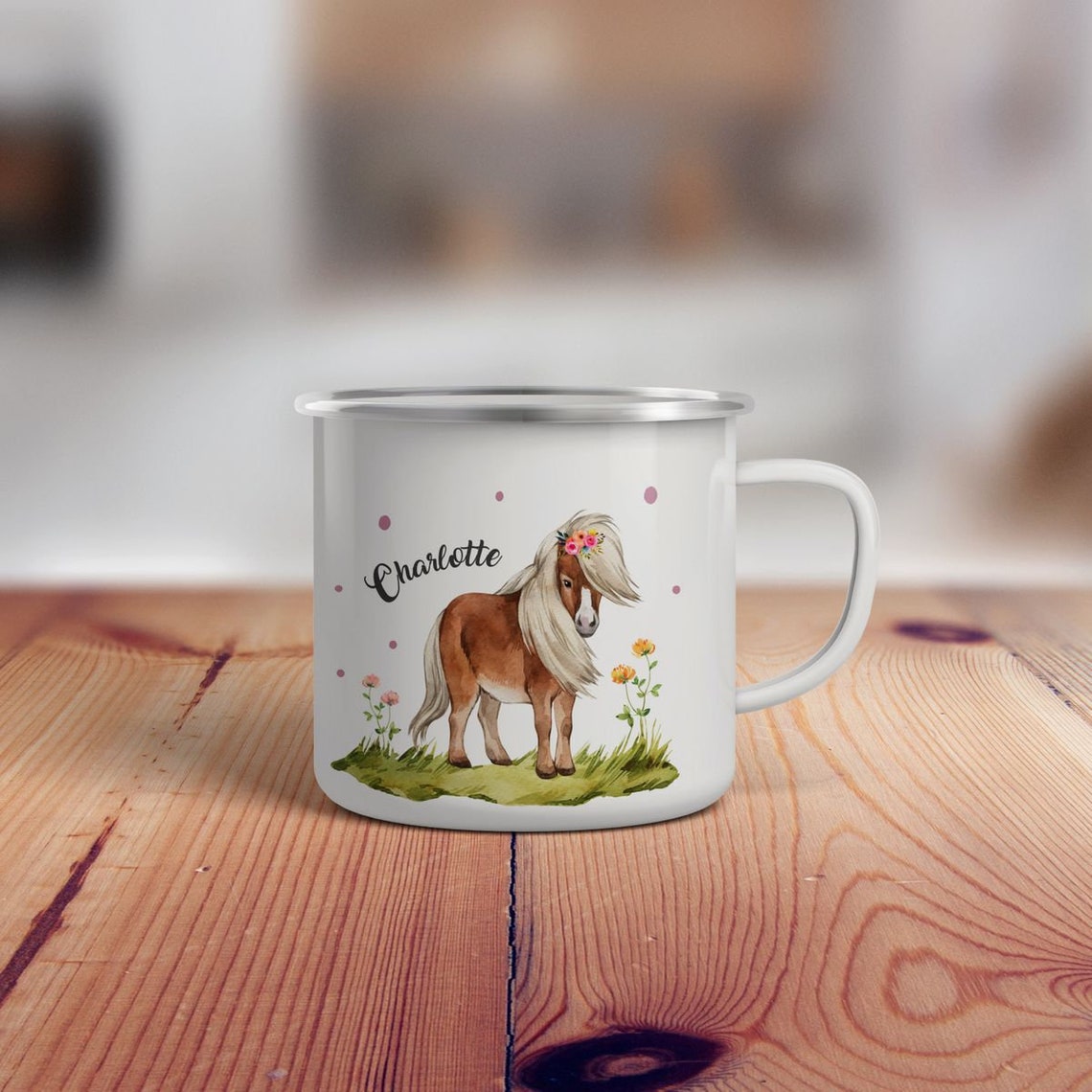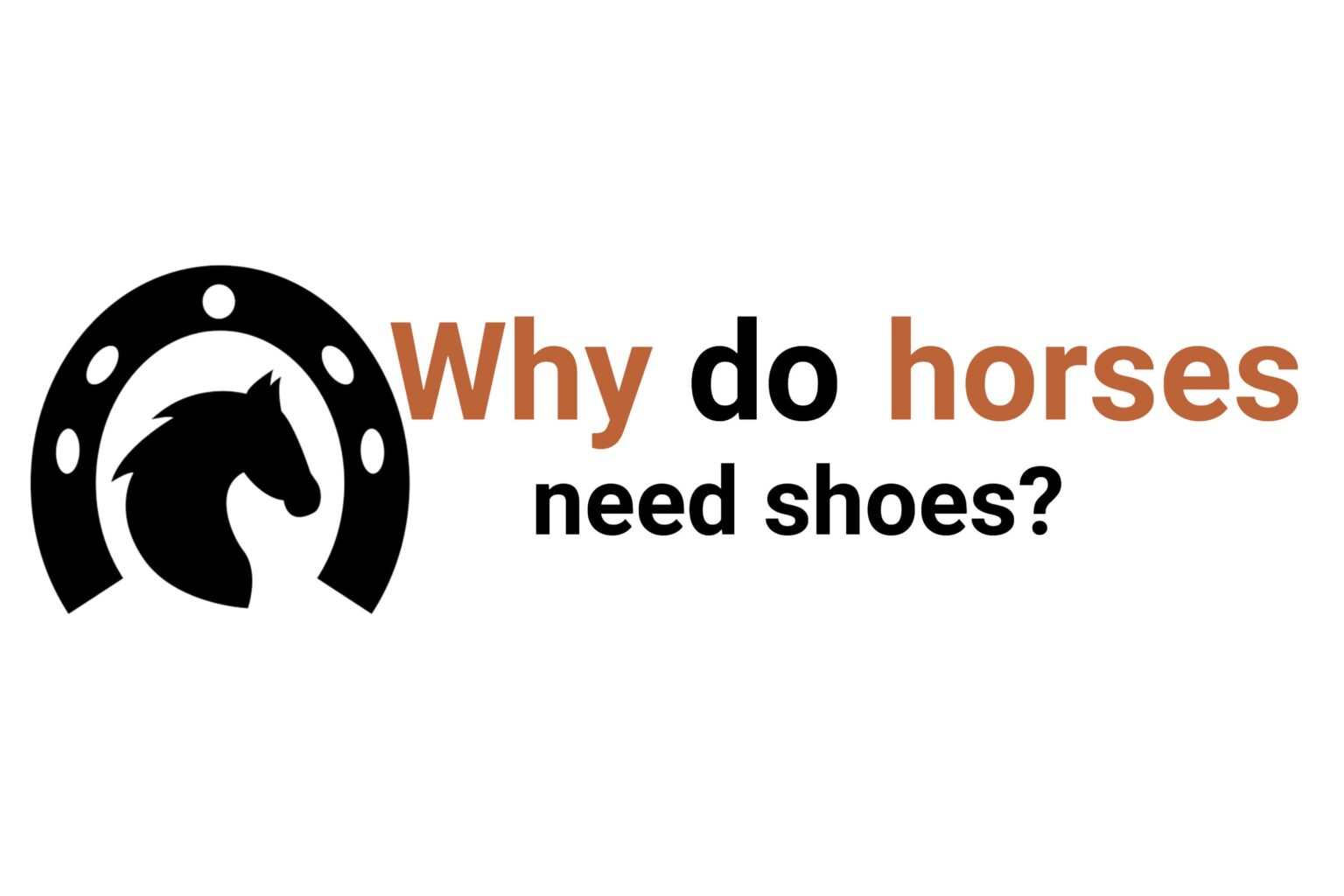
Why do horses need shoes?
Horsemen and horse lovers know them well: horseshoes are an integral part of a horse’s look. But why a horse needs to be shod can sometimes remain a mystery to us.
Horseshoeing is not a new practice. It goes back, quite simply, to the time when we decided to make horses our friends for life. The exploitation of these equids quickly disturbed the health of their hooves, which were not used to being used in such a different way from their nature. This is why, as early as antiquity, Greeks and Romans wrapped their horses’ hooves with leather straps to protect them. Iron came later, notably with the Celtic populations of the 4th century BC. However, the precise and dated origin of horseshoes remains unclear, even today. What remains certain is that today, shoeing has evolved and that it is a common practice and, above all, painless for the horse.
Shoeing your horse to protect its hooves
One of the main reasons to shoe your horse is quite obvious. It is the protection of the hooves, an essential element of the good health of an equine, which justifies most the shoeing of the latter. Horses’ hooves are not, in fact, designed to move on certain types of ground, such as concrete. Riding a horse on urban ground, in the last century or today, requires the use of shoes. This is necessary for the horse to be able to move over long distances without pain. Horses must also be shod to prevent small stones from getting lodged in their hooves. This can happen on easily crumbly ground, and can cause abscesses in the horses’ hooves.
➤ Also Read: What is the fastest horse?
Shoeing your horse is not mandatory
When you think about it, the first men to ride horses did not put shoes on them. So it would seem logical to say that shoeing a horse is not necessarily necessary. And, in some cases, it is. Of course, if your horse has been shod from a young age, it will take some time to get used to walking “barefoot” on different types of ground. Depending on your horse’s age, breed and activity, this can take up to a year. That’s how long it will take for your horse’s feet to rebuild after being protected by shoes all their lives. But it is possible!
What to think about when it comes to shoeing your horse?
Once the farrier comes to look at your horse and see what it needs, there are several questions to ask yourself:
The material of the shoe
Should I choose plastic, aluminum or steel shoes? In general, steel shoes are the most commonly used, as they are all-purpose, multi-tasking, easy to fit, and quite ideal for recreational or moderate sport horses, as well as for orthopedic needs. Aluminum and plastic are clearly more precise and comfortable shoes, more suitable for race horses requiring state-of-the-art performance and tools.
Plates
Should I use plates? This protection is added between the shoe and the horse’s sole, for more comfort. They are made of plastic, silicone or even leather, the most comfortable for your companion, but also the most fragile. Again, this is not mandatory and will depend on the use of your horse.
The trim
This is the excess iron that can be left around the horse’s hoof. As the horn is constantly growing, you must always leave a little margin. Otherwise, it’s a bit like wearing shoes that are too small… very unpleasant. However, the risk is to unshoe more easily. Once again, it is the farrier who decides on this part, depending on the activity of your horse.
The cover
This is the width of the shoe. The classic average is 8 mm, but can vary according to the needs of the horse. The wider the shoe, the more comfortable it is, obviously. But it is also heavier, which increases the rate of vibration during exercise and the risk of injury. The blanket is widely used to compensate for certain pathologies, because the heavier the shoe, the more it can counterbalance certain imbalances. We will discuss this in more detail in the section “Shoeing your horse for pathology” below.
Beveling the shoe
The more the shoe is beveled, the more it facilitates rolling, the natural forward tilting of the foot when walking or running. This movement is essential for horses in competition or with a high level of sporting activity.
How do you shoe your horse?
Before shoeing, the farrier trims the horse. This consists of removing excess horn, which, a bit like our fingernails, grows constantly and not always in a very regular way. The farrier also corrects the horse’s posture and can work on the shoe before fitting it, to adapt it to the horse.
Once the shoe is ready, the farrier places the shoe on the horse’s hoof and pins it with nails that he drives into the horn. The nails come out higher on the wall of the foot. This procedure is of course painless for the horse, as long as no sharp part of the foot is touched.
The farrier then cuts off the nail tips that stick out so as not to hurt the horse. The remaining part is folded back into the horn and grated if necessary, to avoid any potential injury.
The shoeing must be redone every 6 to 8 weeks, between 40 and 60 days for a wide range, because of the horn that grows regularly.
What about shoeing the horse in case of pathology?
Apart from the needs of certain horses according to their environment or activity, shoeing is also one of the best ways to compensate for certain pathologies in the horse, such as problems of aplombs, tendonitis or naviculars.
Indeed, the blanket, which we mentioned earlier, has a direct impact on the weight of the shoe (the larger, heavier one), and therefore, on the inclination of the horse’s foot.
For example, horses that are panties, whose feet are turned outward, or horses that are gaited, whose feet are turned inward, tend to put more strain on the tendons on either side of the foot because of this imbalance. Orthopedic shoeing can help balance this out by using the counterweight of the shoe to put more weight on one side of the foot or the other.
Please note that Equidassur insurance covers the extra cost of orthopedic shoeing compared to normal shoeing if prescribed by a veterinarian.
Do racehorses need shoes?
Racehorses don’t have to wear shoes to compete, but practically all of them will have shoes on during races. Although racehorses typically run on gentler surfaces like grass or dirt tracks, they nevertheless strike the ground with a powerful concussion. Because of this, it’s crucial that their feet are appropriately cushioned from impact, which is why the majority of people wear shoes.
Many racehorses wear specially made aluminum shoes because they are lighter than conventional steel shoes while yet offering great foot protection. A horse’s pace and stride can be greatly affected by removing a small amount of shoe weight because winning a race can depend on a fraction of a second. The majority of owners choose nailed-on shoes, however some owners choose glue-on versions instead, which further reduce weight and make it simpler to reset the shoes.
The advantages and disadvantages of shoeing a horse
There are arguments for and against shoeing. But what exactly are they? Here we have listed the main pros and cons of shoeing a horse so that you can weigh your alternatives and make the best choice possible.
Advantages of shoeing
- Protection: By enhancing toughness and durability, shoes shield the hooves. This can lessen the chance of damage when cycling over rough terrain or doing strenuous work.
- Slower rate of wear: Shoes can stop the hooves from deteriorating too quickly, which is especially beneficial for horses working in heavy-duty jobs like carriage hauling.
- Enhanced performance: Some equestrians discover that shoeing improves their horse’s performance. Shoes may also help horses perform better in high-impact competitions like elite jumping or cross-country work.
- Can be used to fix difficulties: Corrective shoeing can aid in balancing issues or other gait and stride issues with horses. Additionally, shoeing can be utilized to repair cracks or chips in the hoof.
- Increased support for horses with health problems: Horses who currently have or have had laminitis, ringbone, or arthritis may benefit from the added support that shoeing offers.
Disadvantages of shoeing
Increased risk of injury: Rogue or “hot” nails can hurt the delicate inner section of the hoof if the horse is poorly shoed or the farrier is incompetent. A tendon strain or injury to the hoof wall could occur if a horse “springs” (loses) a shoe while working.
More costly: Shoeing is more costly than just trimming.
Delight the little horse lovers in your life with our fun and engaging horse-themed toys collection! Explore our playful Horse Toys that will keep them entertained for hours. Bring home a charming Horse Figurine for a touch of elegance, or let them bounce with joy on a fun Bouncy Horse. For cozy cuddles, check out our soft Plush Horse or a timeless Rocking Horse. If you’re looking for something extra special, a sturdy Wooden Rocking Horse will make a lasting gift. Don’t forget to challenge their minds with a fun Horse Puzzle. Shop now to bring the magic of horses into their playtime!
How do I know if shoeing is right for my horse?
The decision of whether or not to shoe your horse is rather subjective. Similar to horseshoes themselves, there isn’t a one-size-fits-all solution, so you’ll need to adopt a customized approach to meet your horse’s demands. Therefore, it’s crucial to consider both the advantages and disadvantages of wearing shoes and being barefoot before making your choice. You must also consider your own needs and circumstances, keeping in mind the following factors:
- what kind of employment they are presently performing. Are they engaged in demanding job or rigorous training? Is it likely that further protection for the hooves will be needed?
- the area of terrain they frequently operate on. Shoeing may be the best choice because tarmac and asphalt will cause the hooves to wear out more quickly and put additional strain on the feet. Shoeing might not be essential if the surface is softer, such as grass, because the feet will be less taxed.
- the horse’s general well-being and physical condition. Any medical disorders, such weak legs or balance issues, can call for corrective shoeing. Laminitis, arthritis, or ringbone-affected horses may also benefit from shoeing.
- the durability of the hooves and feet. While some horses may be more resilient, others may quickly develop cracks or flares in their hooves and wear out their feet.
- the sole’s sensitivity. Horses vary in their propensity for bruising.
Additionally, keep in mind that your horse’s requirements may alter with time. As they gradually increase their level of fitness, your horse may have slightly different needs when you reintroduce them to work after a rest. In order to recuperate or develop leg strength if the horse has been restrained due to an injury, they may also require specialized corrective shoeing.
It is ultimately up to you to determine what will be the healthiest and most efficient course of action because you are the one who knows your horse the best. You should be able to decide whether to ride shod, unshod, or a combination of both throughout the year by working closely with your veterinarian, your trainer or instructor, and a professional farrier.
What is the name of the person who shoes the horses?
A farrier is a person who shoes horses. Making and fitting horseshoes, examining the general condition of the horse’s legs, feet, and hooves, and trimming and shaping the excessive hoof development are all part of the farrier’s responsibilities. To ensure that the horse is properly balanced and that the shoes are a perfect fit, the person shoeing the horse will need to utilize their judgment. In order to conduct remedial shoeing or surgical farriery, they might also collaborate with veterinarians or other horse healthcare specialists.
Being a farrier requires extensive training since properly shoeing a horse involves a great deal of ability, strength, and knowledge. A person needs to be registered with the Farriers’ Registration Council in order to practice (FRC). An aspiring farrier must first finish a four-year apprenticeship with an Approved Training Farrier before they may do this. However, in order to fit horseshoes, a blacksmith must be registered with the FRC as a farrier.
Frequently asked question
Why do horses need to wear shoes?
For hooves that frequently come into touch with uneven surfaces like concrete or other rough surfaces, horse shoes are a must. This is due to the possibility that standing on things could harm the animal’s natural hooves, which can be injured by hard or uneven flooring.
What are horse shoes made of?
Horse shoes are often composed of steel or aluminum and fastened to the horse’s hoof using nails. The type of horse shoe your horse needs will mostly depend on their breed even though these materials are strong and can hold their shape.
On their front legs, certain horse breeds wear distinct shoe designs than on their hind legs. A horse shoe, also known as a caulk, which contains additional steel elements to minimize excessive wear-and-tear damage, is frequently placed to the rear legs.
Do horse shoes hurt horses?
Many people worry that applying and removing their horse shoes may hurt the animal because the horse shoes are tied directly to the hoof.
However, since there are no nerve endings in the tough area of a horse’s hoof, this procedure is absolutely painless. Because the horse will have a comparable sensation to how we feel when getting our fingernails cut, the animals don’t exhibit any signs of discomfort or aggressiveness!
How often do horse shoes need replacing?
Like our lungs, a horse’s natural foot is continually contracting, so making sure their shoes are properly fitted and that they are wearing the right size can reduce the likelihood that your animal will experience discomfort while wearing them.
Considering that a horse might grow a brand-new foot in just a single year, it’s crucial to replace your horses’ shoes since they might outgrow them sooner than you think!
As you can see, any horse that frequently walks on uneven or hard surfaces needs to wear shoes. Applying them doesn’t harm, but failing to wear them could lead to injury and agony for your animal.
Please feel free to join the secret club if you appreciated learning more about the topic covered above. Additionally, you will receive our entire book about horses as a gift, and you will receive an email preview each time a fresh piece is published on the website dream-horse.co.
Visit our shop to look through the top products for riders and their horses.








